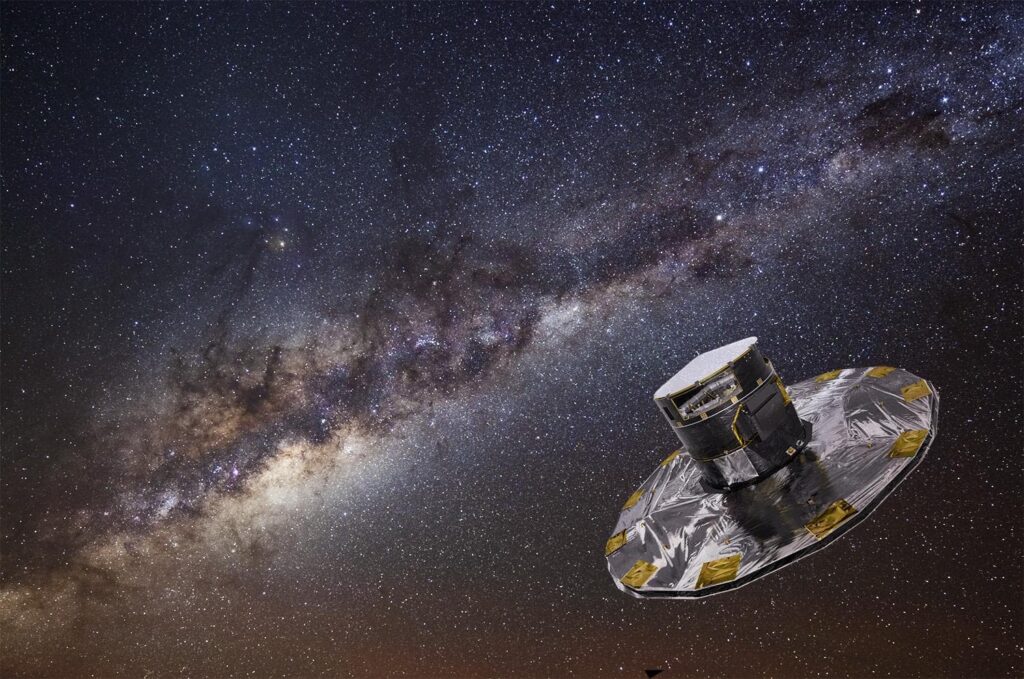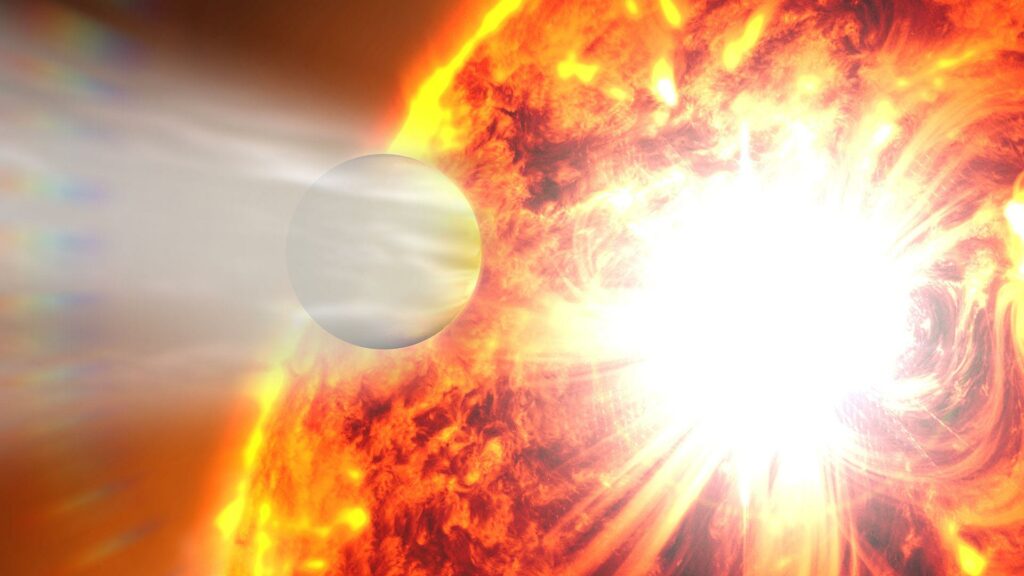During the analysis of data collected by the Gaia Space Observatory, astronomers discovered a previously unknown hot Jupiter. The peculiarity of the find is that it is made by the transit method. To date, this is the second exoplanet found by Gaia using this method
Gaia Telescope as an Exoplanet Hunter
The Gaia Observatory was launched in 2013. Its main purpose is to compile a detailed map of the distribution of stars in the Milky Way. To do this, the telescope measures the positions, direction of motion and spectral classes of about a billion luminaries. But Gaia can also be used for other tasks, including the study of exoplanets. Since the telescope collects very accurate information about the position of stars, it can be used to search for exoplanets using the astrometric method by fixing small changes in the position of stars in the sky over time.

But, as often happens in astronomy, over time, scientists have found other ways to use the telescope to solve the problem of searching for extrasolar bodies. Last year, a team of researchers managed to use Gaia for the first time to detect an exoplanet using the transit method — by measuring fluctuations in the brightness of a star caused by the companion’s passage against its disk.
Hot Jupiter
Recently, a team of Israeli astronomers proved that last year’s discovery was not an accident. In the course of a new analysis of the data collected by the telescope, they managed to find traces of another exoplanet. It was named Gaia-2b. Subsequently, its existence was confirmed by the TESS Space Telescope, as well as the Large Binocular Telescope.

Gaia-2b orbits a sun-like star located 675 light-years from Earth. It is a bloated hot Jupiter. With a mass of 0.82 of the mass of Jupiter, the radius of the exoplanet exceeds the radius of Jupiter by 1.3 times. Gaia-2b orbits at a distance of less than 7 million km from the parent star, so its atmosphere is heated to very high temperatures. Astronomers admit that other large exoplanets may exist in this system and intend to continue studying it.
Recall that recently we talked about how scientists used Gaia data to create three-dimensional maps of nebulae.
According to https://arxiv.org
Follow us on Twitter to get the most interesting space news in time
https://twitter.com/ust_magazine
